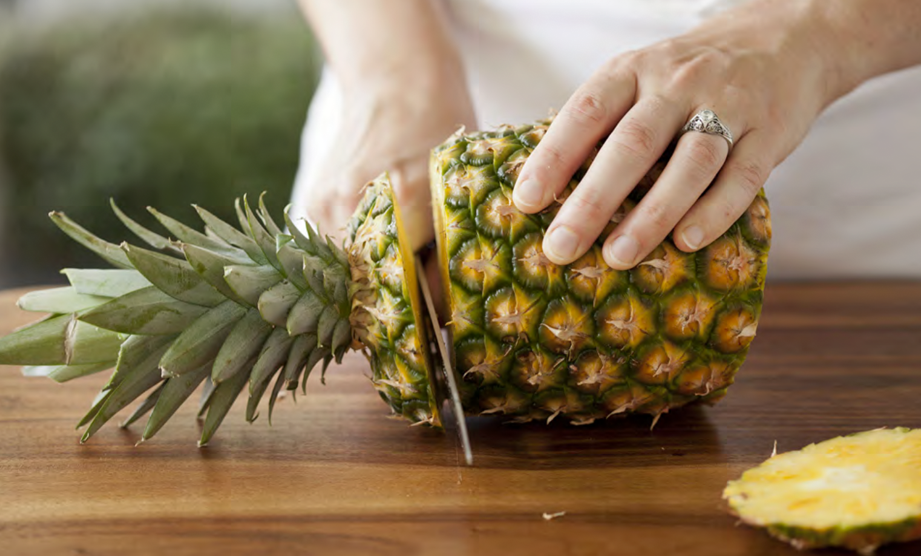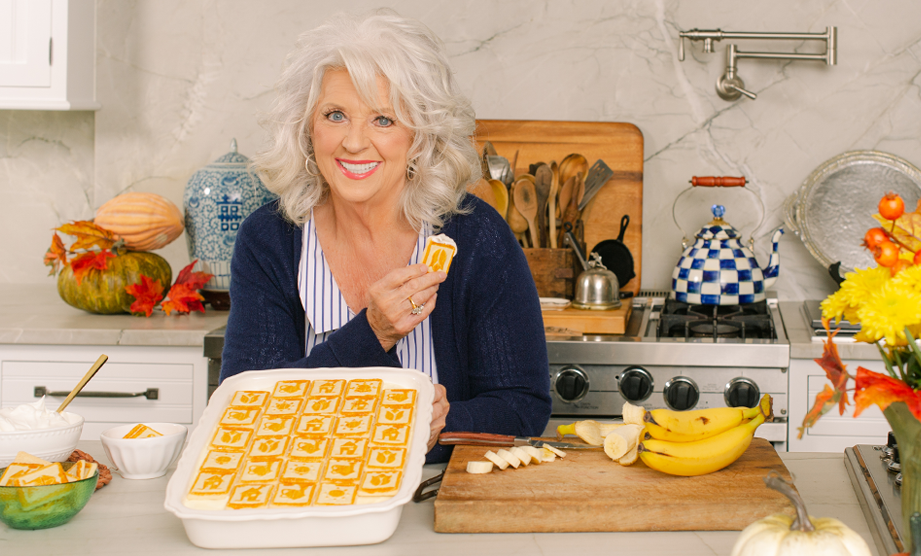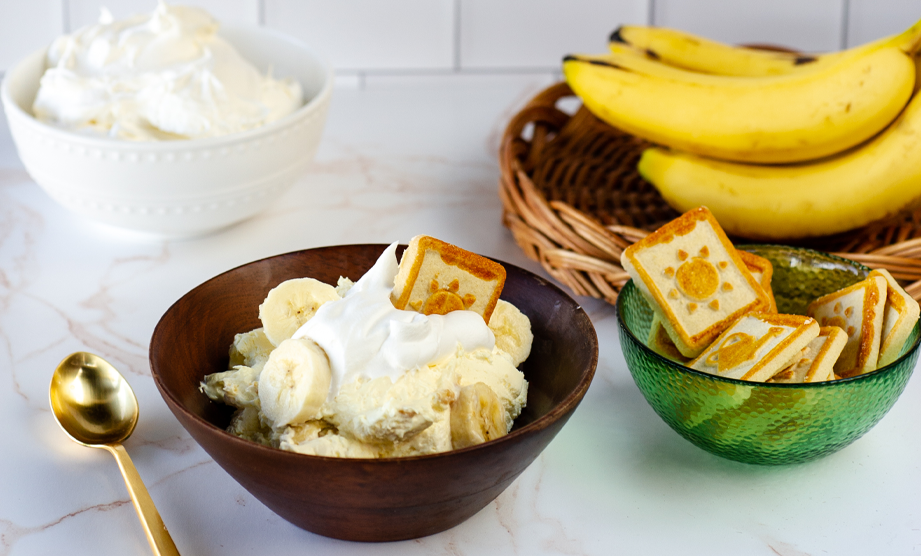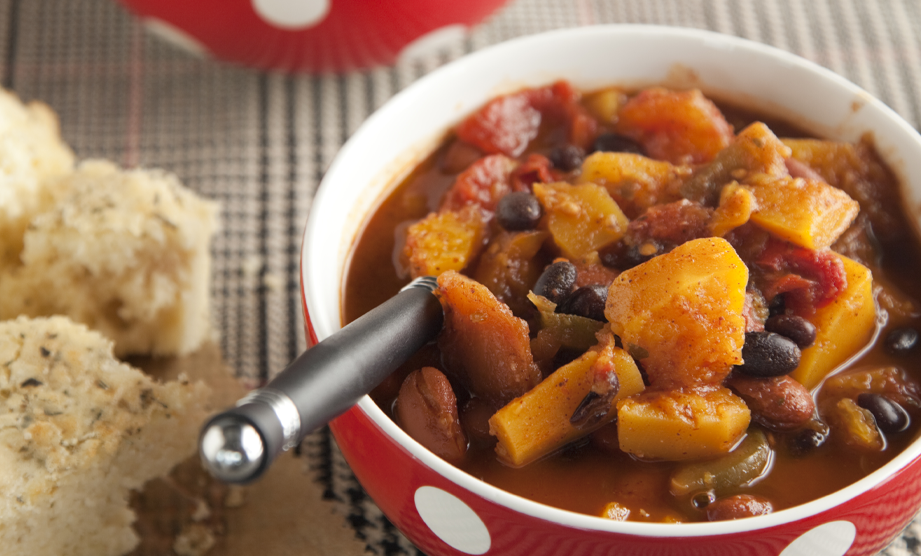In our home, we call pineapple “nature’s candy”. It’s so naturally sweet and so delicious. We just can’t get enough! We’re thrilled to see those beauties back in our local grocery stores’ produce sections, but we’re also thrilled to have taken some time to learn more about this yummy fruit. If you’re curious to know more about pineapples too, read on!
History:
Native to South America and largely believed to have been discovered by Christopher Columbus (though they’d been grown in South America for many years prior), pineapples were named for their resemblance to pine cones.
After being introduced to the Caribbean, Central America, and Mexico, Columbus introduced it to the Spaniards, who later brought it to Hawaii (and the Philippines). Years later, Magellan found pineapples in Brazil and within a few decades, their popularity reached India, Asia, and the West Indies, too.
Because it was so expensive to grow pineapples in Europe, they were viewed as a sign of wealth and displayed repeatedly at dinner parties, rather than eaten. Pineapples were even George Washington’s favorite tropical fruit.
Pineapples were first brought to Hawaii around 1770 by Captain James Cook, and by 1921, The Dole Hawaiian Pineapple Company had made pineapple Hawaii’s largest crop.
Variety:
There are four prominent types of pineapples: Smooth Cayenne, Queen, Red Spanish, and Abacaxi. The most popular (and almost always the variety found at your grocery store) is the Smooth Cayenne pineapple. It has a pleasantly low-fiber texture and an incredibly juicy flavor without tons of acidity, which can be hard on your teeth and gut!
Selecting:
With all its prickly skin and flamboyant leaves, you may be at a loss for how to pick a perfect pineapple. First of all, don’t look at the outside coloring to choose. Instead, focus on the bottom of the pineapple. If it’s green or yellow on the bottom, it’s ripe. Green means that it’s firmer (but not any less sweet). This is ideal if you plan to eat it in a couple days. Yellow means it’s a little softer, which is perfect if you’re ready to eat it right away. If it’s brown, it’s past the point of ripeness and you shouldn’t choose it. You’ll also want to use your other senses of smell and touch. A ripe pineapple will have a sweet smell and should be nice and firm when it’s squeezed.
Cutting a Pineapple:
First, cut off the crown of the pineapple, or the green spiky top. Next, cut the prickly skin off as close to the fruit as possible. Next, cut out the eyes, or the brown dots, using a “v” shape with your knife to essentially scoop them out. This prevents you from losing too much fruit! After this, it’s up to you! You can slice them in rounds, spears, or chunks, depending on your preference.
Storing:
Uncut pineapples can be left at room temperature for a couple of days until they achieve your preferred level of ripeness. If they’re just right but you’re not ready to use them, simply wrap them in plastic wrap and put them in the refrigerator for a few days. Cut pineapple should always be stored in an airtight container in the refrigerator. This way, it should last up to six days.
Yield:
One medium-sized pineapple, cut and cored, should yield approximately five cups of cubed pineapple.
Substitutions:
All out of pineapple? Consider using papaya, guava, or mango instead! If you’re looking for a swap for your pineapple juice, orange juice and grapefruit juice are great alternatives. Keep in mind though that all of these swaps will change the taste a little.
How do you plan to enjoy pineapples now that they’re in season? Let us know in the comments section below!









YOU’RE NOT SIGNED IN. LOGIN OR JOIN TO POST A COMMENT.
05/27/2019